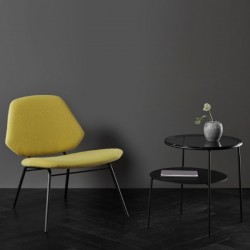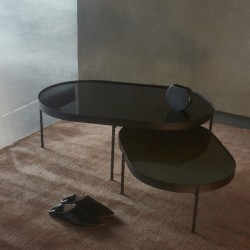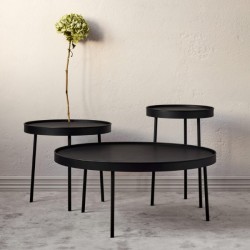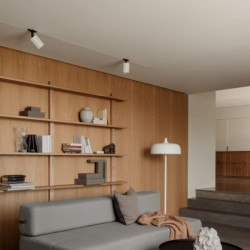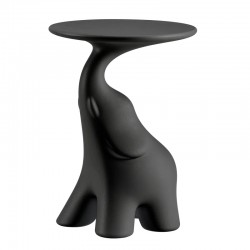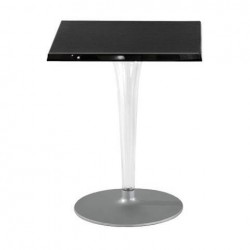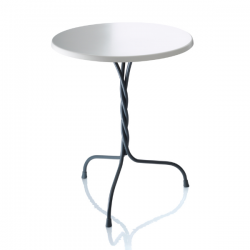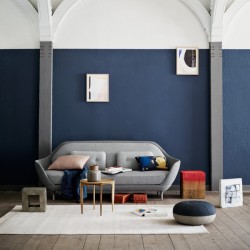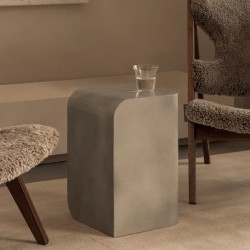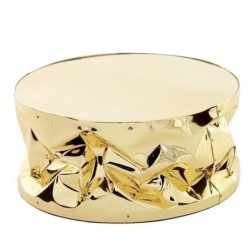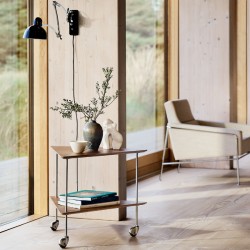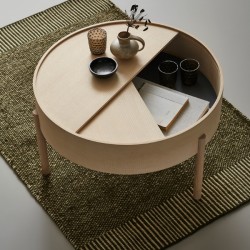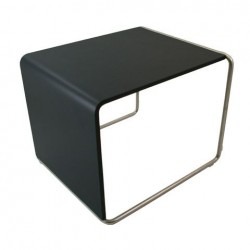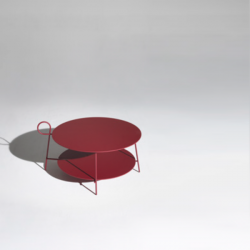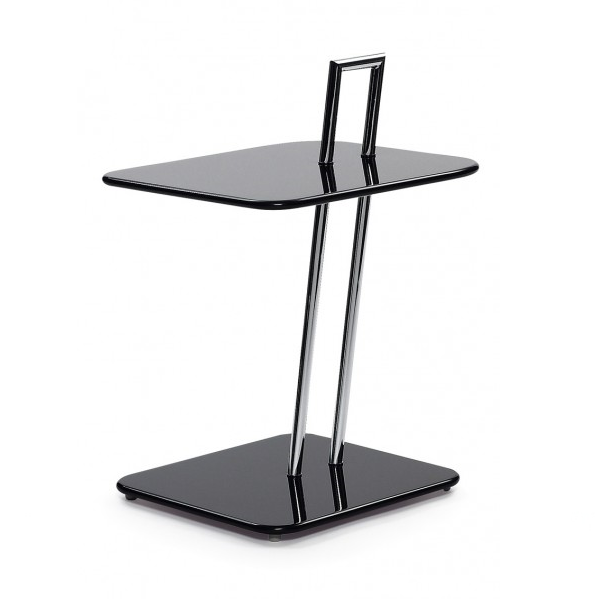ClassiCon Occasional Table
The Latin for furniture, res mobiles, is based on the word mobile. Eileen Gray took this very literally. She loved light, functional furniture that could be moved around easily. One can lift this table “for all occasions” as if it had a handle and carry it exactly to where one needs it.
Like the Adjustable Table E 1027, it is constructed with a base that slides under the bedside or armchair. Thus breakfast or bedtime rea-ding is within comfortable reach. Side table with round or rectangular tabletops.
Frame of chromium-plated steel tubing. Tabletops of MDF high-gloss lacquer finish. Please contact us for details and colours. Authorised by The World Licence Holder Aram Designs Ltd, London
Can't find it! We can supply all products from Classicon, If you know what you are looking for and it is not yet featured, please send us a request
- Specifications
Frame formed from chrome-plated tubular steel
Table top formed from polished MDF- Size Description
Height 57cm
Round 40cm
Square 36 x 40cm
-
Eilleen Gray
Eilee Gray was born in Enniscorthy, Ireland, she spent her childhood in London and was among the first women to be admitted to the Slade School of Art where she took up painting in 1898 before undergoing an apprenticeship in a lacquer workshop. She moved to Paris in 1902 where she quickly established herself as one of the leading designers of lacquered screens and decorative panels.<p>During the ‘20s and ‘30s she became one of the leading exponents of the revolutionary new theories of design and construction and worked closely with many of the outstanding figures of the modern movement, including Le Corbusier and JJP Oud. Well to the fore of this group she exhibited chrome, steel tube and glass furniture in 1925 - the same year as Mies van der Rohe and Marcel Breuer and well before Le Corbusier. Her next major contribution to design was in architecture. Encouraged by Le Corbusier and JJP Oud, she designed two houses in the Alpes Maritimes, one at Roquebrune (built 1927-29), the other at Castellar (built 1932-34).</p><p>After the war and up to her death, she continued to work as a designer, on both major projects like the cultural and social centre which occupied her from 1946-47, and on a number of smaller furniture designs. In 1972 she was appointed a Royal Designer to Industry by the Royal Society of Art, London. In 1973 Eileen Gray signed a Worldwide contract with Aram Designs, London, to bring her designs into production for the first time. The Museum of Modern Art added her legendary Adjustable Table E 1027 to its permanent design collection in 1978.</p><p>Eileen Gray Kollektion: Authorised by The World Licence Holder Aram Designs Ltd, London.</p>
You may also like
Classicon Bell Side Table Marble Top
Audo Copenhagen No No Tables
Northern Stilk Table Medium
Northern Acorn Floor Lamp
Qeeboo Pako Coffee Table
Kartell Table TopTop with melamine top (Outdoor)
Magis Vigna Table
Fritz Hansen Tray Table 45cm
Audo Copenhgen Volume Side Table



 EUR
EUR






